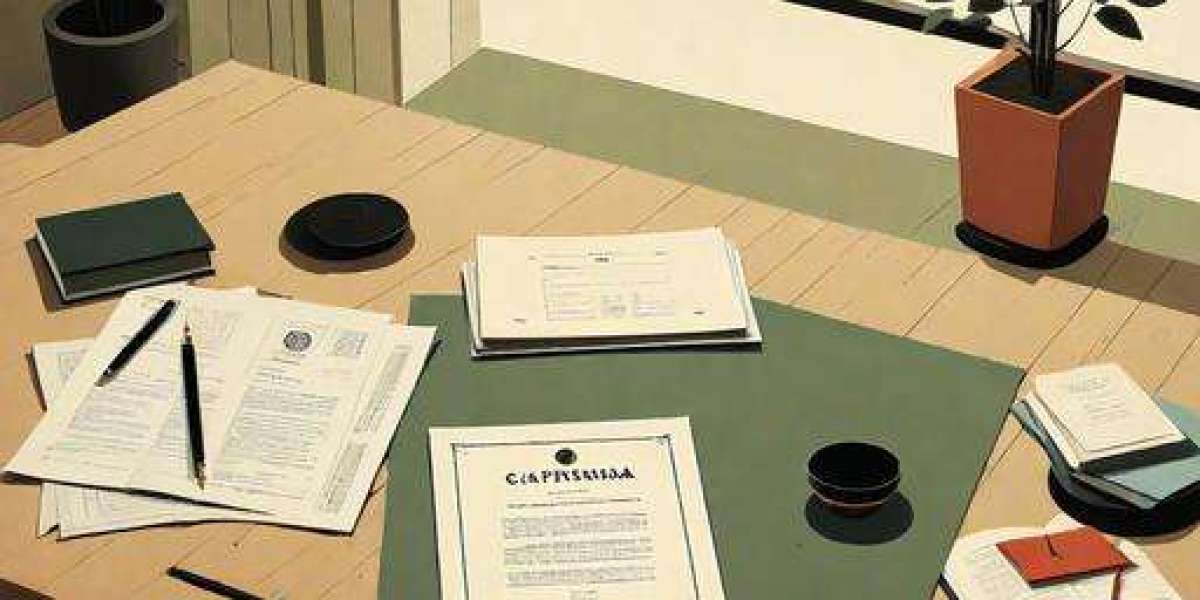When it comes to coffee, two popular methods stand out: cold brew and espresso. Both offer unique flavors and experiences, but how do you choose between them? In this guide, we will delve into the intricacies of preparing cold brew versus espresso at home, exploring the techniques, tools, and tips you need to master each method.

Understanding Cold Brew
Cold brew coffee is made by steeping coarsely ground coffee beans in cold water for an extended period, typically 12 to 24 hours. This slow extraction process results in a smooth, less acidic beverage that many coffee lovers enjoy. But what exactly do you need to prepare cold brew at home?
- Coarse Coffee Grounds: Use high-quality, coarsely ground coffee beans for optimal flavor.
- Water: Filtered water is recommended to enhance the taste.
- Brewing Vessel: A large jar or pitcher works well for steeping.
- Strainer: A fine mesh strainer or cheesecloth is essential for filtering the coffee.
To prepare cold brew, combine one part coffee grounds with four parts water in your brewing vessel. Stir gently, cover, and let it steep in the refrigerator. After the steeping period, strain the mixture to separate the grounds from the liquid. The result is a concentrated cold brew that can be diluted with water or milk to your preference.
Exploring Espresso
Espresso, on the other hand, is a concentrated coffee brewed by forcing hot water through finely-ground coffee at high pressure. This method produces a rich, bold flavor and a creamy texture, often enjoyed as a shot or as a base for various coffee drinks like lattes and cappuccinos. What tools do you need for making espresso at home?
- Espresso Machine: A quality machine is crucial for achieving the right pressure and temperature.
- Fresh Coffee Beans: Use finely ground coffee specifically designed for espresso.
- Tamper: A tamper is necessary to compress the coffee grounds evenly.
- Scale: A digital scale helps measure the coffee and water accurately.
To prepare espresso, start by measuring out about 18-20 grams of coffee. Use the tamper to compress the grounds firmly into the portafilter. Lock it into the espresso machine and start the brewing process. A well-prepared espresso shot typically takes around 25-30 seconds to extract.
Comparing Flavor Profiles
When preparing cold brew versus espresso at home, the flavor profiles differ significantly. Cold brew tends to be smoother and sweeter, while espresso is bold and intense. Your choice may depend on your mood or the time of day. For a refreshing drink on a hot day, cold brew is ideal. Conversely, if you need a quick caffeine boost, espresso is the way to go.
Final Thoughts
Ultimately, both cold brew and espresso offer unique experiences that cater to different preferences. Whether you enjoy the smoothness of cold brew or the intensity of espresso, mastering these techniques at home can elevate your coffee experience. For more insights on the differences between these two brewing methods, check out this comprehensive guide.








